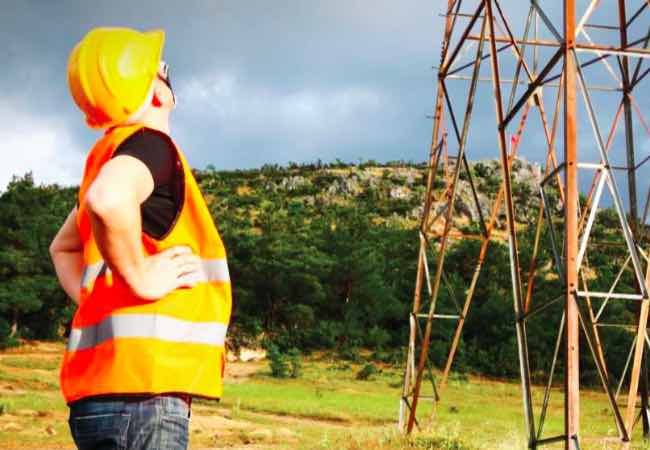Australia’s National Electricity Market (NEM) is at crisis point. Increasing prices for electricity have coincided with increasing concerns over whether the grid will break and whether there will be enough generation in future.
South Australia has become the epicentre of this debate, with its high share of wind and solar power. The closure of coal generators means gas generators are providing more power, at a time when gas prices are rising dramatically. A series of events, by no means with a single cause, saw blackouts, power restrictions and alarmingly high prices.
High price volatility, further growth in intermittent supply and reasonable expectations of some, yet unspecified, emissions constraint mean unmanageable risks for investments that would stabilise the market and reduce prices.
Governments have responded with an escalating number of reviews and several disconnected and uncoordinated an- nouncements. These may score political points but, in the absence of an integrated, national approach, could also make things worse.
 The risk is that these pressures will destroy the NEM’s capacity to be both an efficient spot market and drive the new investment and divestment decisions that Australia needs for low-cost, reliable and low- emissions electricity.
The risk is that these pressures will destroy the NEM’s capacity to be both an efficient spot market and drive the new investment and divestment decisions that Australia needs for low-cost, reliable and low- emissions electricity.
If that happens, political posturing and blame shifting will mean that the NEM will be judged to have failed, when in fact it will have surely been systematically, if unintentionally, destroyed.
Continuing uncertainty, especially a lack of credible climate change policy, could prompt further government interventions in the energy mr ket. Cascading government interventions would likely lead to a regulated, centrally-planned approach where investment risk and costs are transferred to consumers, prices are higher than necessary, security of supply is dependent on imperfect forecasts, and emissions reduction targets may still not be achieved.
There is a better way. First, policy makers need to address immediate concerns. Urgent action is needed to stabilise a physical system with increasing levels of wind and solar. This responsibility rests with the rule-maker and the market operator.
New markets are already being developed to ensure the stability of the NEM. Rule changes are needed to ensure there can be quick and efficient responses if there are shortages in generation.
Power generators should be rewarded for being flexible and responding quickly. And more consumers should be offered a financial incentive to reduce their demand at peak times, thereby reducing pressure on the system.
A plan needs to be in place for the coming summer. Unlike last summer, the market operator should make full use of its range of powers. If there is the risk of a power shortage, all generation that can be made available should be made available.
Second, governments need to agree on a credible emissions reduction policy that integrates with the NEM. This should be the central result of the Federal Government’s 2017 climate change policy review.
Third, the COAG Energy Council needs to identify and implement policies through the transition to ensure a dependable supply of electricity. This will require changes in governance arrangements for the NEM and is a focus of the Finkel review, due to report next month.
Change is on the horizon and the survival of the NEM cannot be assumed. It remains plausible that alternatives may be needed in the longer term. Decisions in 2017 will effectively choose between the on- going primacy of markets, or central planning and regulation. At the very least, that choice should be consciously made.
The Grattan Institute’s report can be found here.










